Slim Gaillard - The Chronological Classics: 1939-1940 (1993)
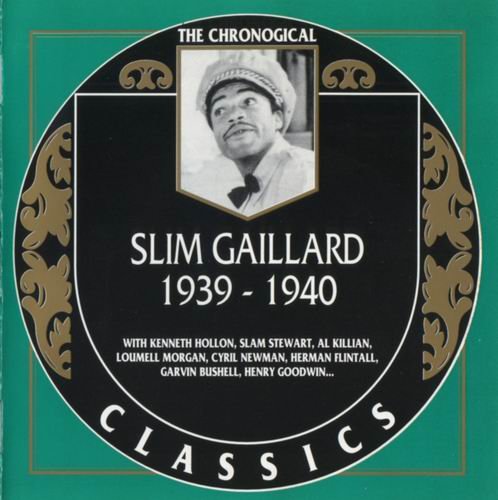
Artist: Slim Gaillard
Title: The Chronological Classics: 1939-1940
Year Of Release: 1993
Label: Classics[724]
Genre: Jazz, Swing
Quality: FLAC (image + .cue,log,scans)
Total Time: 57:02
Total Size: 208 MB(+3%)
WebSite: Album Preview
TracklistTitle: The Chronological Classics: 1939-1940
Year Of Release: 1993
Label: Classics[724]
Genre: Jazz, Swing
Quality: FLAC (image + .cue,log,scans)
Total Time: 57:02
Total Size: 208 MB(+3%)
WebSite: Album Preview
1. That's a Bringer - That's a Hanger - That's a Drag
2. A-Well-A-Take-'Em-A-Joe (Crap Shooter's Jive)
3. Chicken Rhythm
4. Swingin' in the Key of C
5. Boot-Ta-La-Za
6. (My Darling) It's You, Only You
7. Beatin' the Board
8. Look Out
9. Matzoh Balls
10. Early in the Morning
11. Chittlin' Switch Blues
12. Huh ! Uh-Huh !
13. Windy City Hop
14. Baby Be Mine
15. Sploghm
16. Fitzwater Street (Located in Philadelphia)
17. Don't Let Us Say Good-Bye
18. Rhythm Mad
19. Bongo
20. Broadway Jump
Volume two in the Classics Slim Gaillard chronology presents the Flat Foot Floogee Boys in all their pixilated glory. Well known for his silly and imaginative use of hip scat and cannabis-informed "viper talk," Gaillard was also one of a handful of individuals who pioneered the use of the electrically amplified guitar. This entertaining compilation presents Gaillard in the company of trumpeters Cyril Newman, Al Killian, and Henry Goodwin, lightning alto saxophonist Herman Flintall, Kenneth Hollon on tenor sax, the versatile Garvin Bushell on clarinet, pianist Loumell Morgan, bowing/singing bassist Slam Stewart, and dynamic drummer Herbert Pettaway (also known as "Hubert"). There are no sleepers among these vintage recordings, which were originally issued on the Okeh and Vocalion labels. Slow ballads come across as very cool and groovy while most of the vocal routines are based on simple riffs with lyrics derived from basic hip vernacular. A jam like "Beatin' the Board" is a miracle of collectivity and "Sploghm" is cherished by collectors and jazz heads as a masterpiece of rapid-fire small-group swing. The call and response "Broadway Jump" takes the art of nonsensical babble to new levels of silliness. Soon the public would come to associate Gaillard almost exclusively with this sort of eccentric novelty chatter rather than with the bop revolution with which in some ways he was closely aligned. Invariably tempered with Gaillard's peculiar sense of humor, the bop element would become significantly more pronounced in 1945 and 1946, as later volumes in this excellent series thoroughly demonstrate.

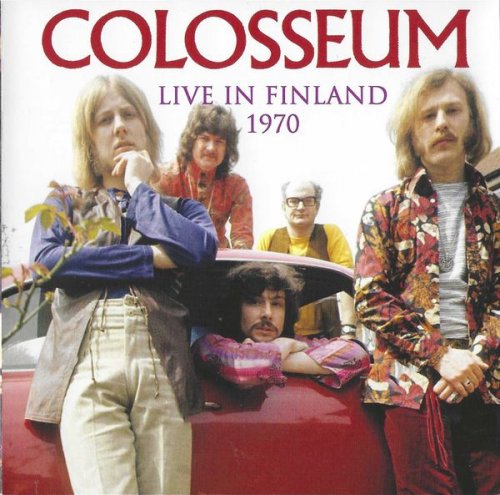
![Kate Kortum - Wild Woman Tells All (2026) [Hi-Res] Kate Kortum - Wild Woman Tells All (2026) [Hi-Res]](https://www.dibpic.com/uploads/posts/2026-01/1767862862_ajiixgeb8lsxc_600.jpg)


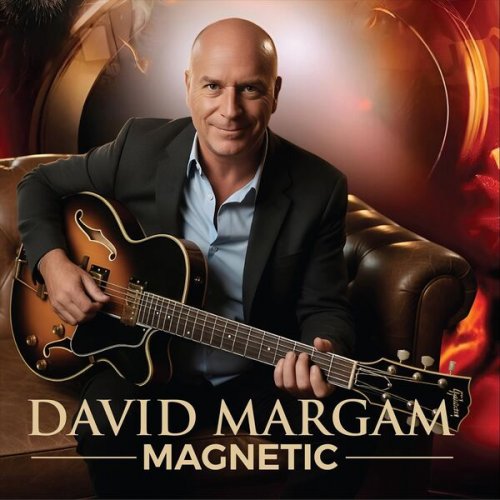
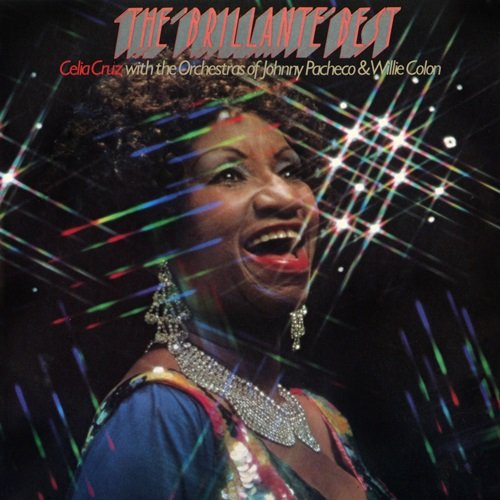

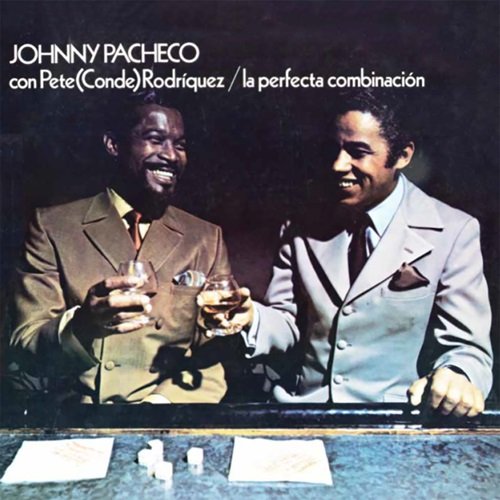
![Frode Kjekstad - Stars Aligned (2026) [Hi-Res] Frode Kjekstad - Stars Aligned (2026) [Hi-Res]](https://img.israbox.com/img/2026-01/08/n12580el2kaqvo9f0inrj0po7.jpg)